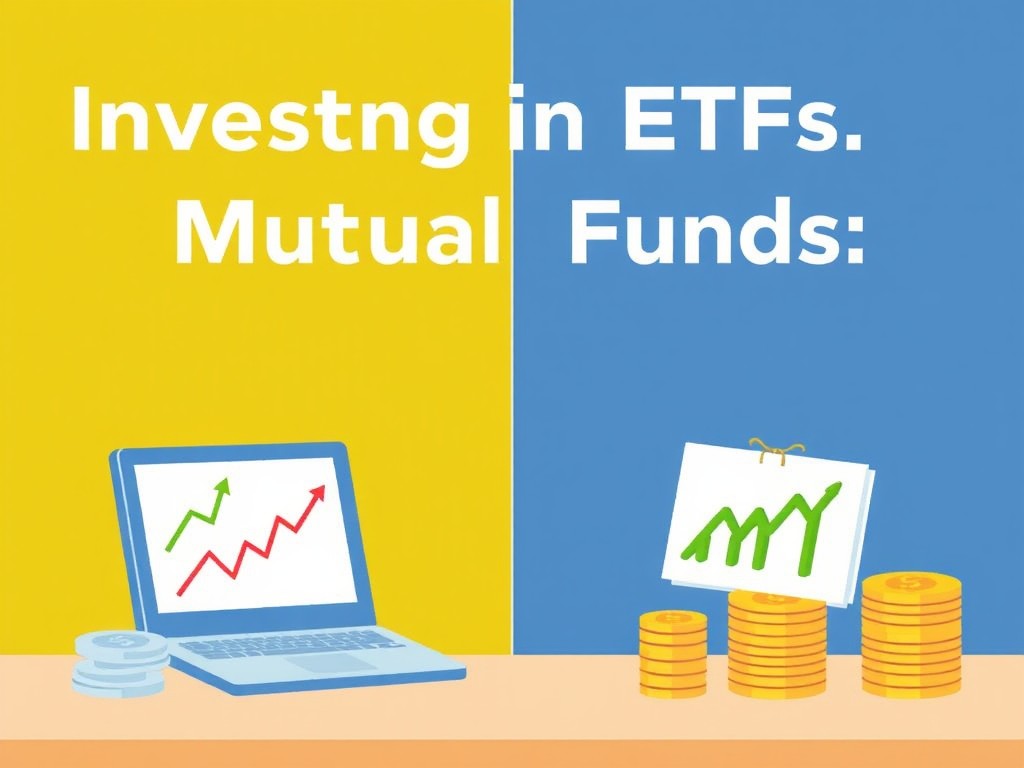Identifying Red Flags: Key Indicators of Financial Scams
In today’s digital age, financial transactions have become increasingly convenient, yet this convenience comes with the heightened risk of scams and fraud. Identifying red flags is crucial in safeguarding oneself against these threats. One of the primary indicators of a potential scam is unsolicited communication. Whether it arrives via email, phone call, or text message, any unexpected outreach that requests personal or financial information should be approached with caution. Scammers often pose as legitimate institutions, using sophisticated techniques to mimic official communication. Therefore, verifying the authenticity of the source before responding is essential.
Another significant red flag is the pressure to act quickly. Scammers frequently create a sense of urgency, insisting that immediate action is necessary to avoid dire consequences or to seize a limited-time offer. This tactic is designed to prevent individuals from taking the time to think critically or seek advice. Legitimate financial institutions, however, will not pressure clients into making hasty decisions. Thus, taking a step back to evaluate the situation can often reveal the fraudulent nature of the request.
Moreover, promises of guaranteed returns or high rewards with little to no risk are classic indicators of financial scams. These offers often sound too good to be true, and they usually are. In the world of finance, all investments carry some degree of risk, and no legitimate entity can guarantee substantial returns without potential downsides. Therefore, skepticism is warranted when encountering such propositions, and conducting thorough research or consulting with a financial advisor can provide clarity.
Additionally, requests for payment through unconventional methods should raise suspicion. Scammers may ask for payment via wire transfers, gift cards, or cryptocurrencies, as these methods are difficult to trace and reverse. Legitimate businesses typically offer secure and traceable payment options, so any deviation from standard practices should be questioned. It is advisable to stick to well-known and secure payment methods to minimize the risk of falling victim to fraud.
Furthermore, inconsistencies in communication can serve as a warning sign. Pay attention to details such as spelling and grammar errors, which are often prevalent in scam communications. Additionally, discrepancies in the information provided, such as mismatched contact details or conflicting instructions, can indicate fraudulent activity. Verifying the information through official channels can help confirm the legitimacy of the communication.
Another key indicator of a financial scam is the lack of verifiable information about the entity involved. Scammers often operate under fictitious names or use fake credentials. Conducting a background check on the company or individual, such as searching for reviews or checking with regulatory bodies, can provide valuable insights. Legitimate businesses will have a traceable history and verifiable credentials, whereas fraudulent entities will often lack this transparency.
In conclusion, being vigilant and informed is the best defense against financial scams. By recognizing these red flags and taking proactive measures, individuals can protect themselves from falling victim to fraudulent schemes. It is important to remain cautious and skeptical, especially when dealing with unsolicited communications, high-pressure tactics, and offers that seem too good to be true. By doing so, one can navigate the financial landscape with confidence and security, ensuring that their financial transactions remain safe and legitimate.
Secure Online Practices: Protecting Your Financial Information
In today’s digital age, the convenience of online financial transactions is undeniable. However, this convenience comes with the increased risk of scams and fraud. To protect your financial information, it is crucial to adopt secure online practices. By understanding the tactics used by fraudsters and implementing preventive measures, you can significantly reduce the likelihood of falling victim to financial scams.
First and foremost, it is essential to recognize the importance of strong, unique passwords for all your online accounts. A robust password should be a combination of letters, numbers, and special characters, making it difficult for cybercriminals to crack. Additionally, using a different password for each account ensures that if one password is compromised, your other accounts remain secure. To manage multiple passwords effectively, consider using a reputable password manager, which can store and generate complex passwords for you.
Moreover, enabling two-factor authentication (2FA) adds an extra layer of security to your accounts. This process requires you to verify your identity through a second method, such as a text message or an authentication app, before accessing your account. By doing so, even if a fraudster obtains your password, they will still need the second form of verification to gain access.
Another critical aspect of secure online practices is being vigilant about phishing attempts. Phishing scams often come in the form of emails or messages that appear to be from legitimate sources, such as banks or online retailers, asking for personal information. To avoid falling prey to these scams, always verify the sender’s email address and look for signs of suspicious activity, such as grammatical errors or urgent requests for information. When in doubt, contact the organization directly using a verified phone number or website.
Furthermore, it is advisable to regularly monitor your financial accounts for any unauthorized transactions. By reviewing your bank statements and credit card activity frequently, you can quickly identify and report any suspicious activity. Many financial institutions offer alerts for transactions over a certain amount, providing an additional layer of oversight.
In addition to these practices, ensure that your devices are equipped with up-to-date security software. Antivirus programs and firewalls can protect your devices from malware and other cyber threats that may compromise your financial information. Regularly updating your software ensures that you have the latest security patches and features.
When conducting financial transactions online, it is also important to use secure networks. Public Wi-Fi networks are often less secure and can be easily exploited by cybercriminals. Whenever possible, use a private, password-protected network or a virtual private network (VPN) to encrypt your internet connection and protect your data.
Lastly, educating yourself about the latest scams and fraud tactics can be a powerful tool in safeguarding your financial information. By staying informed about common scams, such as identity theft and credit card fraud, you can recognize and avoid potential threats. Many organizations and government agencies provide resources and updates on current scams, which can be invaluable in maintaining your security.
In conclusion, while the digital landscape offers numerous conveniences, it also presents risks that require proactive measures to protect your financial information. By implementing strong passwords, enabling two-factor authentication, staying vigilant against phishing attempts, monitoring your accounts, using secure networks, and keeping your devices updated, you can significantly reduce the risk of falling victim to scams and fraud. Through these secure online practices, you can confidently navigate the digital world while safeguarding your financial well-being.
Verifying Authenticity: Steps to Confirm Legitimate Transactions
In today’s digital age, the prevalence of scams and fraudulent activities in financial transactions has become a significant concern for individuals and businesses alike. As technology advances, so do the tactics employed by fraudsters, making it imperative for everyone to be vigilant and informed. To safeguard your financial interests, verifying the authenticity of transactions is crucial. By adopting a systematic approach, you can significantly reduce the risk of falling victim to scams.
To begin with, it is essential to scrutinize the source of any financial transaction. Whether you are dealing with an individual or an organization, conducting thorough research is a fundamental step. Start by verifying the identity of the party involved. For businesses, check their official website, look for reviews, and confirm their registration with relevant authorities. For individuals, especially in peer-to-peer transactions, consider using platforms that offer identity verification services. This initial step helps establish a baseline of trustworthiness.
Moreover, communication plays a pivotal role in confirming the legitimacy of a transaction. Be wary of unsolicited messages or emails that prompt immediate action, as these are often red flags. Authentic organizations typically provide clear and detailed information about their services and do not pressure you into making hasty decisions. If you receive a suspicious message, contact the organization directly using verified contact details to confirm the legitimacy of the communication. This direct approach can prevent you from falling prey to phishing scams.
In addition to verifying identities and communication, examining the payment method is another critical aspect. Secure payment methods, such as credit cards or reputable online payment systems, offer an added layer of protection. These methods often come with fraud protection features that can help you recover funds in case of unauthorized transactions. Conversely, be cautious of requests for payment through unconventional means, such as wire transfers or cryptocurrency, as these are harder to trace and recover.
Furthermore, staying informed about common scam tactics can enhance your ability to identify potential threats. Scammers often exploit current events or popular trends to create convincing narratives. By keeping abreast of the latest scam alerts issued by financial institutions and consumer protection agencies, you can recognize and avoid these deceptive schemes. Knowledge is a powerful tool in the fight against fraud, and being aware of the tactics used by scammers can help you remain one step ahead.
Additionally, employing technology to your advantage can bolster your defenses against fraud. Utilize security features such as two-factor authentication, which adds an extra layer of verification to your accounts. Regularly update your passwords and ensure they are strong and unique. Many financial institutions offer alerts for unusual account activity, enabling you to respond swiftly to any suspicious transactions. By leveraging these technological safeguards, you can enhance the security of your financial dealings.
In conclusion, while the threat of scams and fraud in financial transactions is ever-present, taking proactive steps to verify authenticity can significantly mitigate these risks. By conducting thorough research, maintaining clear communication, choosing secure payment methods, staying informed about scam tactics, and utilizing technological safeguards, you can protect yourself from falling victim to fraudulent activities. In an increasingly interconnected world, vigilance and due diligence are your best allies in ensuring the integrity of your financial transactions.












Leave a Reply